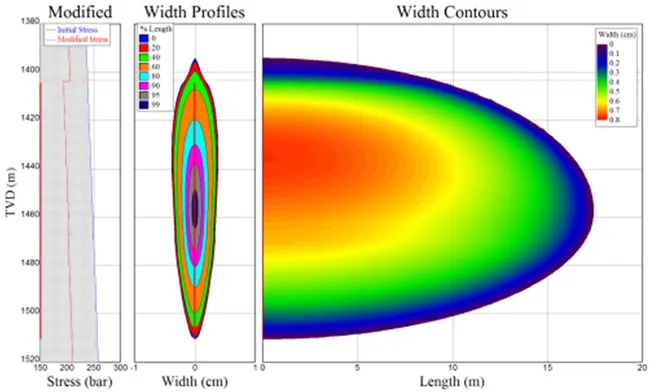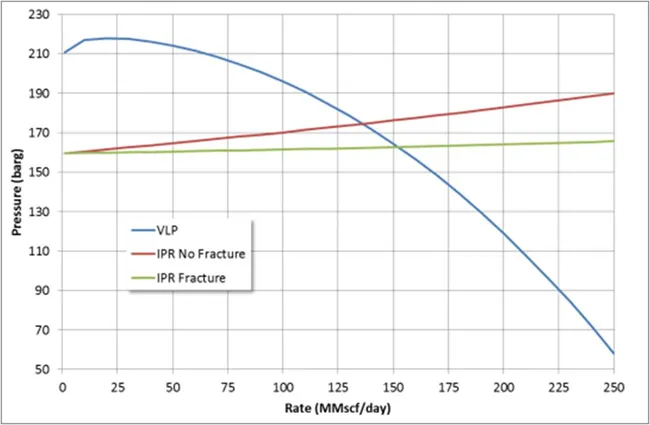AGR’s Reservoir Management team combines nodal analysis with thermal fracturing models to develop perforation strategy for injecting liquid CO2 into a saline aquifer.
As part of an Field Development Plan that AGR’s Reservoir Management team was working on, the team carried out an analysis in order to provide a conceptual perforation strategy for injection of liquid CO2 into a saline aquifer. This was needed because of the length of the offshore pipeline where the temperature of the CO2 would be, at worst case, seabed temperature in winter.
Injection of cold (50C) liquid CO2 into a hot (570C) formation has the potential to result in thermal fracturing, which in turn can result in instability for inflow performance. If the fracture should extend vertically, this could result in loss of well integrity for long storage of CO2.
The key objectives of the perforation strategy was to:
- ensure well integrity
- ensure fracture growth remained within the reservoir
- allow injection of the required volume of CO2
- allow re-perforating or additional perforating to take place at a future data.

Nodal analysis provided the potential injectivity for a non-fractured case. Sensitivities were run against perforation interval for each of the six zones identified within the reservoir (varying permeability, pressure and stress) to ascertain the minimum length of perforated interval required assuming matrix injection.
A fracture model assessed the impact of injection of the cold CO2 into the hot formation including thermoelastic and poroelastic effects.
The results indicated that the predominant change in the effective stress was due to thermal influences resulting in fracturing of the near wellbore.

Perforation intervals were then defined based on minimising the thermal fracturing and ensuring that injectivity could be achieved predominantly through the matrix thus maximising integrity and minimising flow instability.



